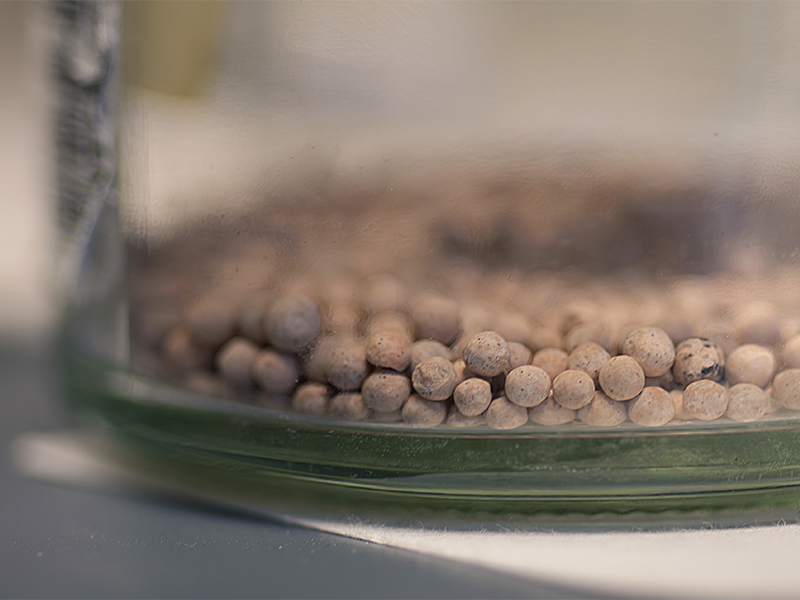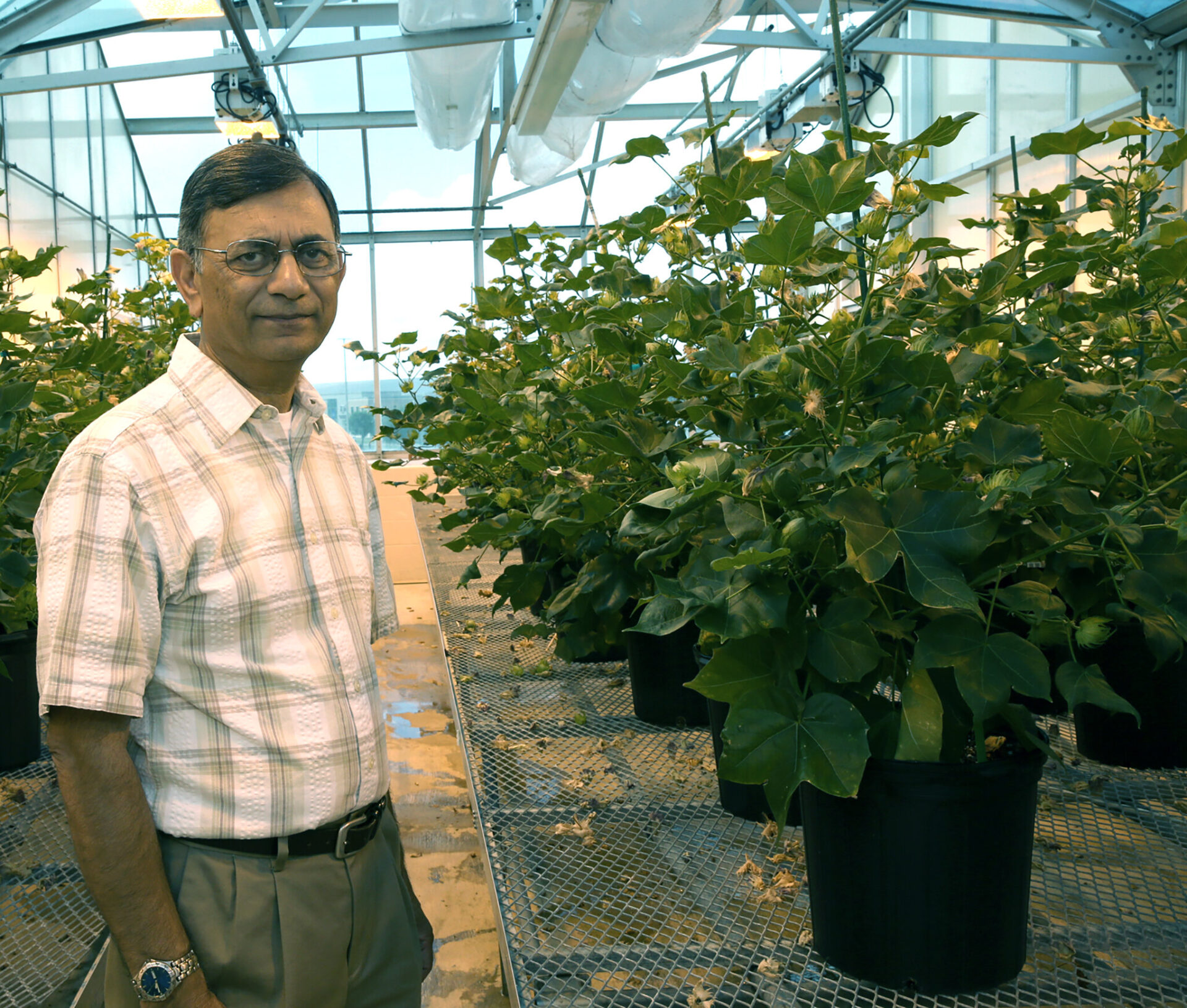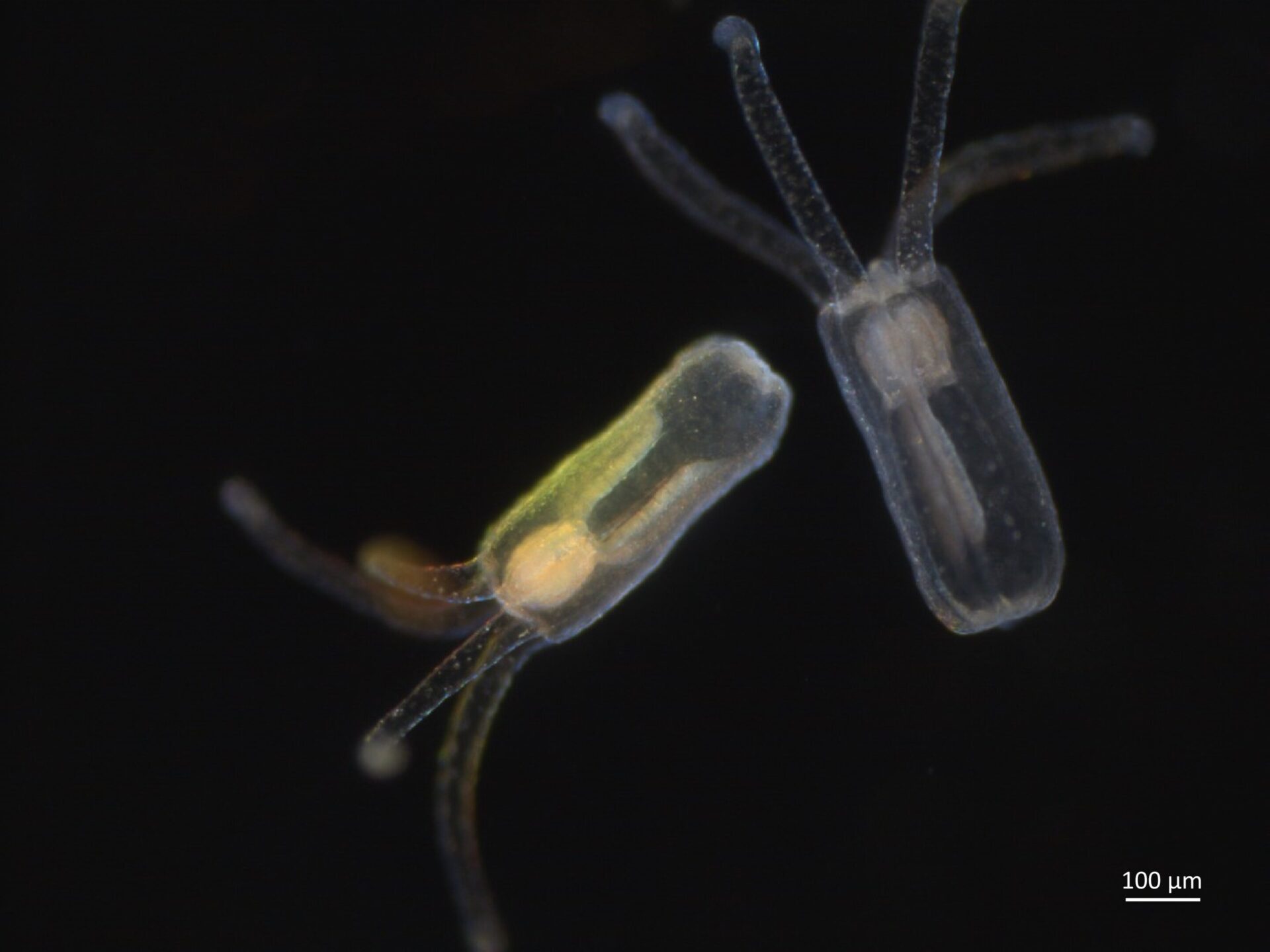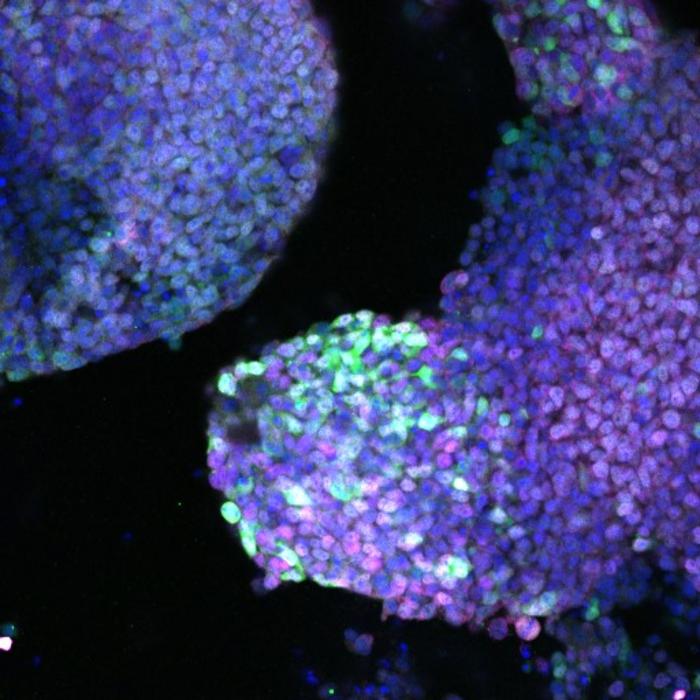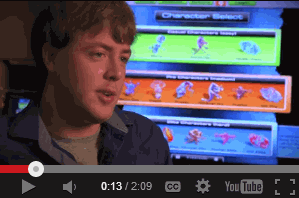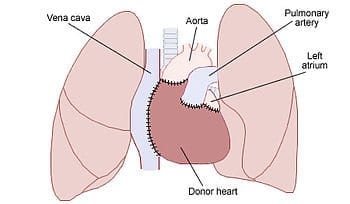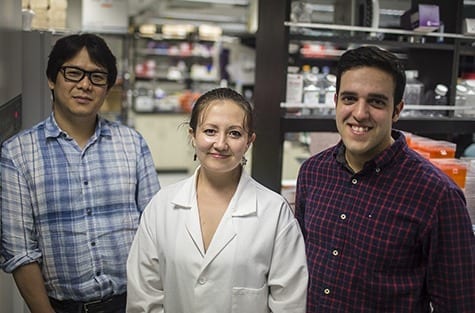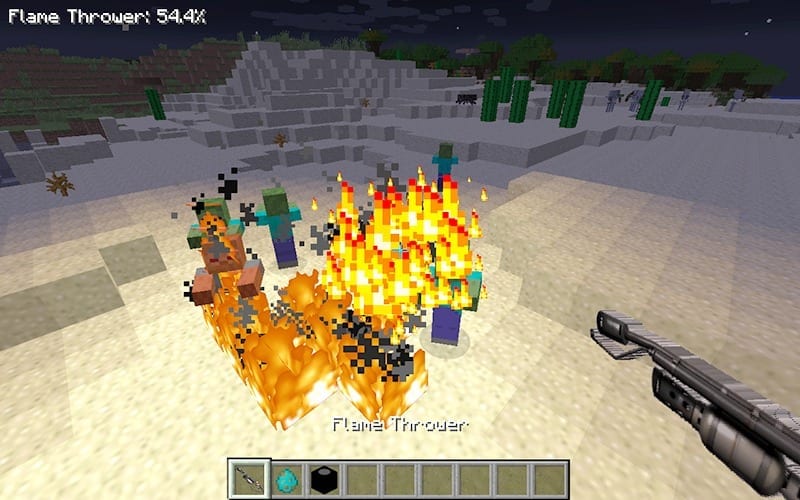
The 3-D world of the popular “Minecraft” video game just became more entertaining, perilous and educational, thanks to a comprehensive code modification kit, “Polycraft World,” created by UT Dallas professors, students and alumni.
With “Polycraft World,” the millions of “Minecraft” players worldwide will now be able to incorporate the properties of many materials — chemical elements and compounds — into game action. For example, said Dr. Walter Voit, players could harvest natural rubber from trees, thwart enemies using flamethrowers and jetpacks, explore underwater biomes by scuba diving, or rapidly travel through virtual worlds on pogo sticks wearing custom-molded running shoes.
Voit, a faculty member in the Erik Jonsson School of Engineering and Computer Science, is co-creator of the modification, or mod as video gamers refer to the kit.
“The accessibility and popularity of ‘Minecraft’ makes it a great tool as an educational platform,” said Voit, an assistant professor of materials science and engineering, mechanical engineering and bioengineering. “Using our ‘Polycraft World’ mod, people of all ages will have an opportunity to navigate materials science, including metallurgy and polymer chemistry, in a fun, creative self-paced environment.”
“Minecraft” allows players to build their own worlds from scratch using 3-D cubes. The open-ended game allows the users to construct castles and tend to animals, or compete on large, online multiplayer servers where players can even destroy each other’s creations and fight battles.
“?‘Minecraft’ is pretty addictive,” said Voit, who researches polymers that can be responsive to different environments, and is a 2013 Defense Advanced Research Projects Agency young faculty awardee. Voit has been an avid “Minecraft” player since the alpha launch of the game and has introduced many others to it, including “Polycraft World” co-creators Dr. Ron Smaldone, an assistant professor of chemistry, and Dr. Christina Thompson, a lecturer in chemistry.
Millions agree with Voit’s assessment. An alpha version of “Minecraft” was released in 2009, and a full version in 2011. It quickly gained a following mostly through word-of-mouth, and now has more than 100 million registered users of the PC version, with billions of views of instructional videos on YouTube. In 2012, “Minecraft” was one of 20 video games featured in the “Art of Video Games” exhibition at the Smithsonian American Art Museum. “Minecraft” now has its own annual convention, MineCon, Lego characters and a Hollywood film in the works.
Players can already mine materials such as redstone to craft diodes, switches and triggers to build circuitry in their virtual world. Voit, who graduated from UT Dallas with a bachelor’s degree in computer science and master’s degree in intelligent systems, used Java code for his mod to add sophisticated plastics and metals processing to extend “Minecraft” possibilities and help users learn about polymer chemistry.
The Latest on: Educational gaming
[google_news title=”” keyword=”educational gaming” num_posts=”10″ blurb_length=”0″ show_thumb=”left”]
via Google News
The Latest on: Educational gaming
- BEESTECH Spelling Matching Letter Games, Now 44% Offon April 27, 2024 at 9:14 am
The BEESTECH Spelling Matching Letter Game is an amazing educational tool available on Amazon. This product is designed to ensure your toddler has fun and learns simultaneously, a sure way to help ...
- Tech Innovations Impacting the Gaming Industry in 2024on April 24, 2024 at 9:23 am
The gaming industry is experiencing rapid transformations driven by groundbreaking technologies that enhance game development and player experiences. This ...
- Futuregames expands its gaming empire to Warsawon April 24, 2024 at 1:05 am
Ranked among the top games education institutions worldwide, Futuregames has recently set up a new campus in Poland within industry titan CD Projekt Red.
- Educational Entertainment: 10 Tech Gadgets Redefining Learning and Fun for Kidson April 24, 2024 at 12:02 am
In today’s digital era, the line between learning and entertainment is becoming increasingly blurred. With the rise of educational tech gadgets, children can now engage in interactive learning ...
- From Learning to Play: Top 10 Educational Tech Gadgets for Kids in 2024on April 23, 2024 at 10:14 pm
In the ever-evolving landscape of educational technology, parents are continuously seeking innovative ways to blend learning with playtime. With the advancement of technology, there’s a vast array of ...
- Video games could become a high school sport in Floridaon April 23, 2024 at 4:28 am
The Florida High School Athletic Association could potentially sanction competitive video gaming, or esports, as an official sport, amid growing interest from member schools.
- Game On: Teachers Implement Video Games To Improve Learning Outcomeson April 21, 2024 at 11:36 pm
More than 212 million adults in the United States play video games at least once a week. That’s more than half the U.S. population. Furthermore, 76% of parents play video ...
- Create lottery to benefit educationon April 19, 2024 at 2:33 am
The past few months have been the most exciting time for this city that I have ever witnessed in over 50 years, outside of the 1980 Holmes-Ali fight ...
- Educational Enamourson April 18, 2024 at 7:44 am
Educational Enamours is visual novel for adult only, young student Connor balances a new love, a mysterious teacher, and an old attraction, a childhood friend. Love, intrigue - your choice ...
- Arizona State University launches educational lab to promote learning through video gameson April 17, 2024 at 11:39 am
Arizona State University is using a $5 million grant to launch a new center for experiential, video game-based education.
via Bing News

